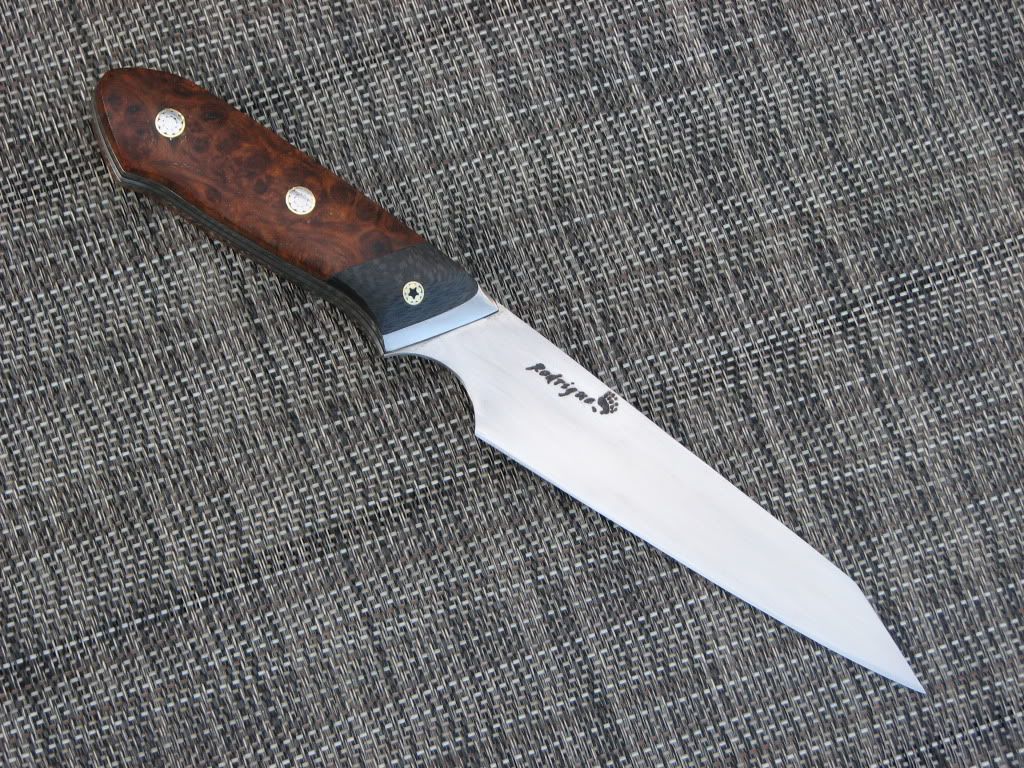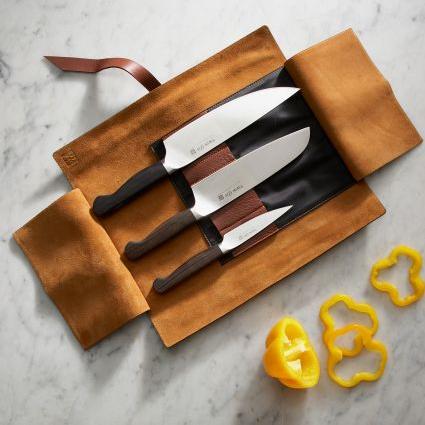So after getting a good 12 page response in the help to build a forum knife thread we've come to the conclusion that we're going to try something different - to design and make a western butcher's knife set.
Please throw down your ideas on what you'd like to see.
Dave
Please throw down your ideas on what you'd like to see.
Dave











